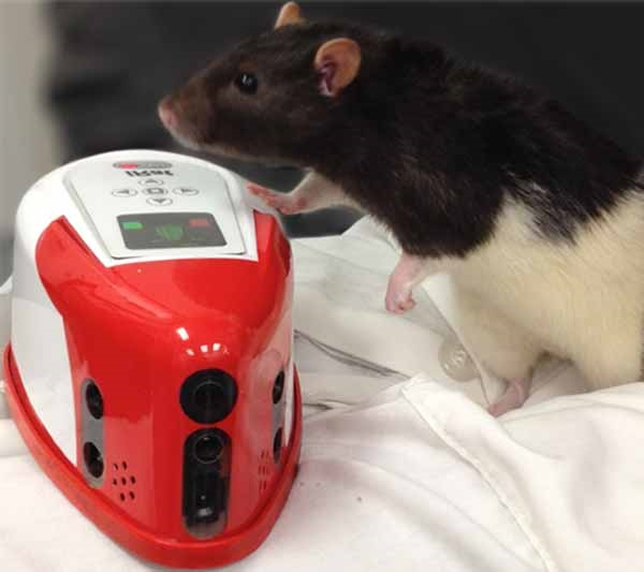UC San Diego Launches Robotics Institute
- By Dian Schaffhauser
- 10/30/15
Context is everything. That's true whether you're trying to understand just how harmful red meat really is or considering how to create robots that can help people based on the information the machines receive in real time. The latter effort will be the focus of a new institute at the University of California San Diego.
The School of Engineering and Division of Social Sciences jointly launched the Contextual Robotics Institute with a mission of developing "safe and useful robotics systems." Applications for the robots cover elder care and assisted living and disaster response, among others.
So far 40 professors and research scientists with a combined $10 million in robotics research funding have signed on to participate in the institute. The School of Engineering said it was in the process of hiring a faculty director and adding three additional faculty members.
The dean of that school noted that one of his goals for the institute is to help turn San Diego into a "world-class" center for designing, developing and producing "useful consumer robotics." "Now is the time to focus on systems integration and assemble ever more perceptive robotics systems," said Albert Pisano.
The division of social sciences has been brought in to ensure that the robots are useable by humans. "What social scientists bring to the enterprise is a deep understanding of humans — our behavior and brains and our emotional and social needs," said Dean Carol Padden. "Social scientists also investigate the public space and cultural infrastructure. By designing more responsive robots that are compatible with humans and in sync with social practices, we can build machines to serve humanity."
The emphasis on context, added Rajesh Gupta, is that it "enables situational awareness and is essential to achieving true autonomy in robotics systems." Gupta, a professor in Computer Science and Engineering, served as faculty chair of the visioning committee for the institute. "Contextual robotics systems will understand context and apply known capabilities. These systems will also derive new capabilities from context and even change the context in a controllable manner by applying new capabilities."

Among the projects already underway at UC San Diego are these:
- iRat is a robot rodent being used to study robotic interaction among live creatures. Researchers are studying how the robotic rodent interacts with and triggers responses from rats equipped with state-of-the-art devices that record heart rate, respiration rate and brain activity;
- Another team is working to create groups of microrobots that work together, similar, for example, to the ants in Ant-Man; and
- One group is developing algorithms to control a system of "sensor balloons" that communicate via cellphone technology and can be released into a forming hurricane. The idea is that the balloons will "self-distribute" and track a storm's formation and activity over the course of several days.
"This is an extremely exciting time for robotics researchers," said Chancellor and roboticist Pradeep Khosla in a prepared statement. "Many robotics subfields have seen incredible advances in the last few years. The time is right for UC San Diego to step up and take a leadership role in the future of robotics."
About the Author
Dian Schaffhauser is a former senior contributing editor for 1105 Media's education publications THE Journal, Campus Technology and Spaces4Learning.